Flight studies
During his first stay in Milan, Leonardo dedicated himself to designing flapping-wing flying machines capable of imitating the structure and propulsive movement of a bird’s wings. He observed birds closely, studying their flight techniques and body structure. However, since humans cannot generate enough energy to move wings mechanically, flapping-wing flight was not feasible. He then turned to gliding or soaring flight, where propulsion relies entirely on air currents. This led to the creation of the delta-winged apparatus and the flying sphere.
Leonardo also designed some scientific instruments, such as the hygrometer and the anemometer. For aerial navigation, he used an inclinometer. His study of flight led him to investigate the behavioral analogies between air and water.
Works of the collection
11 works belongs to this collection
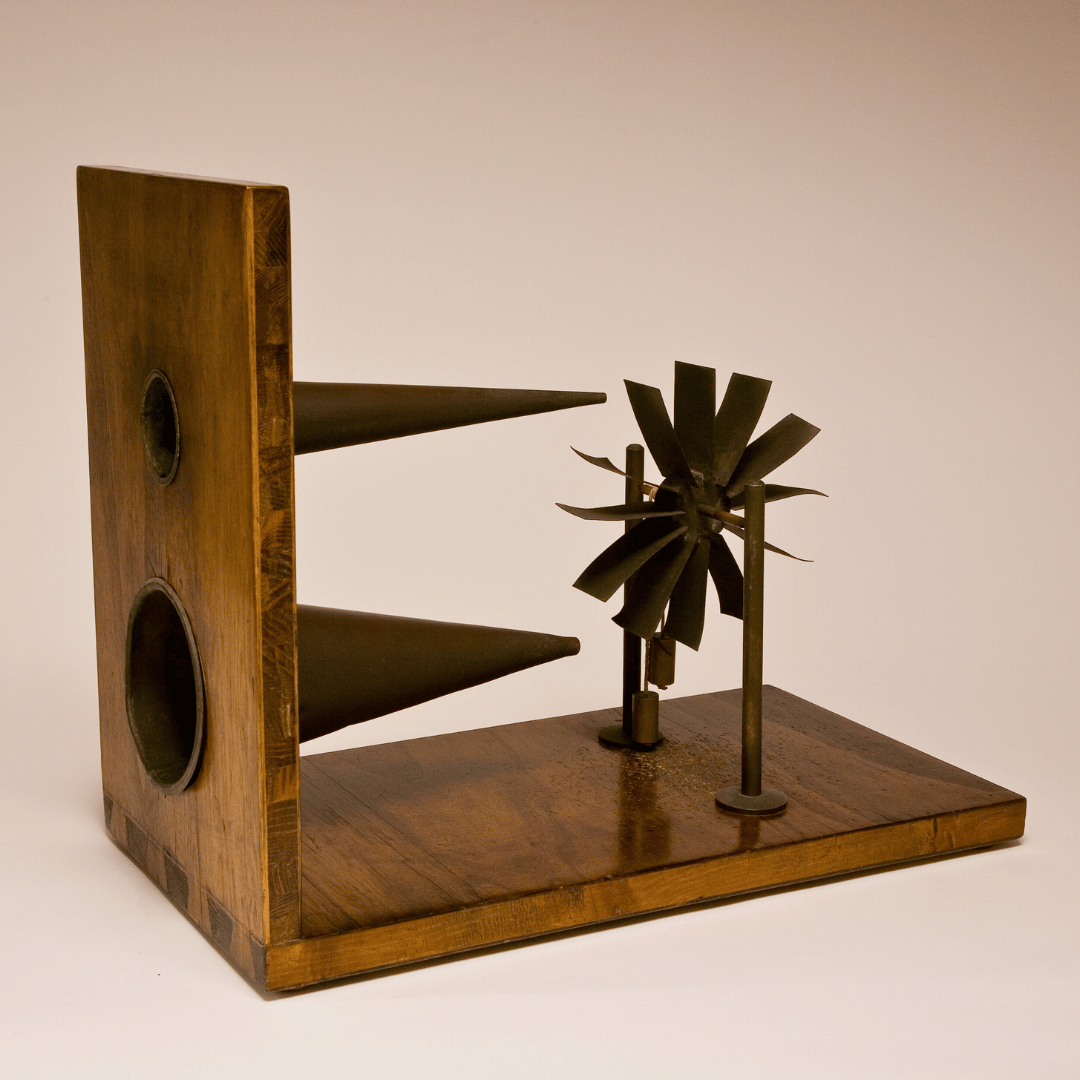
Device for measuring wind or water speed
IBM Italia
1952
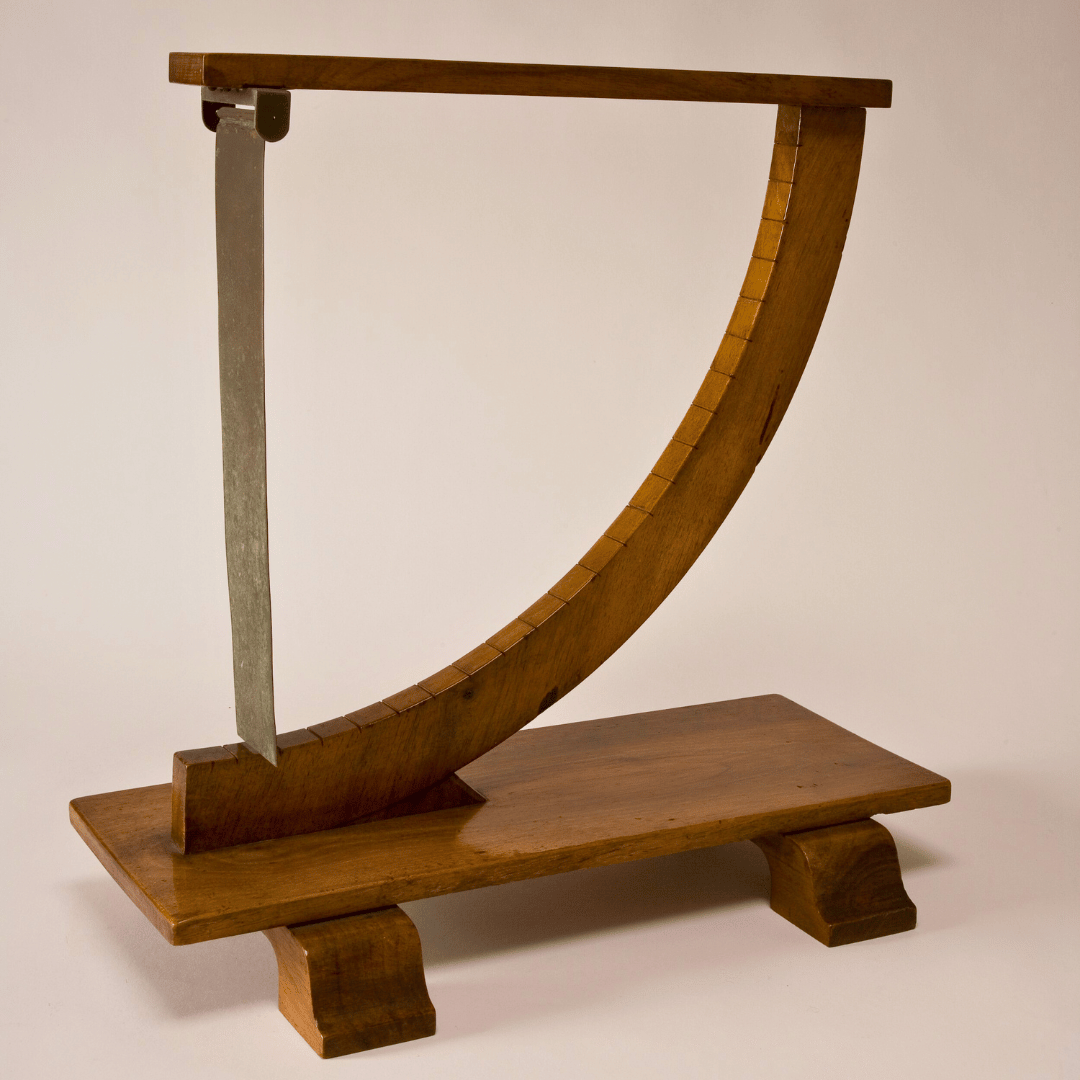
Propeller anemometer
IBM Italia
1952
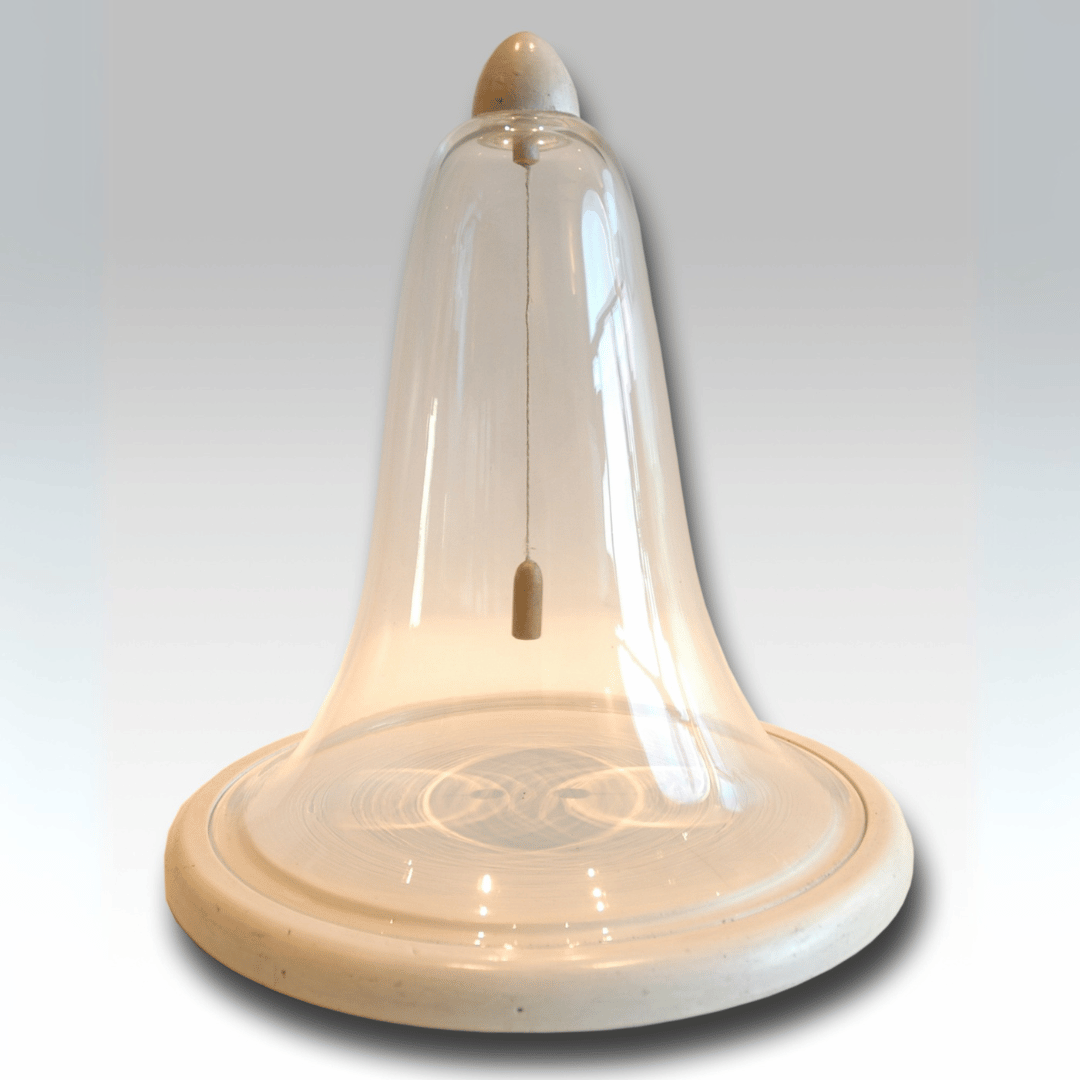
Inclinometer
IBM Italia
1952
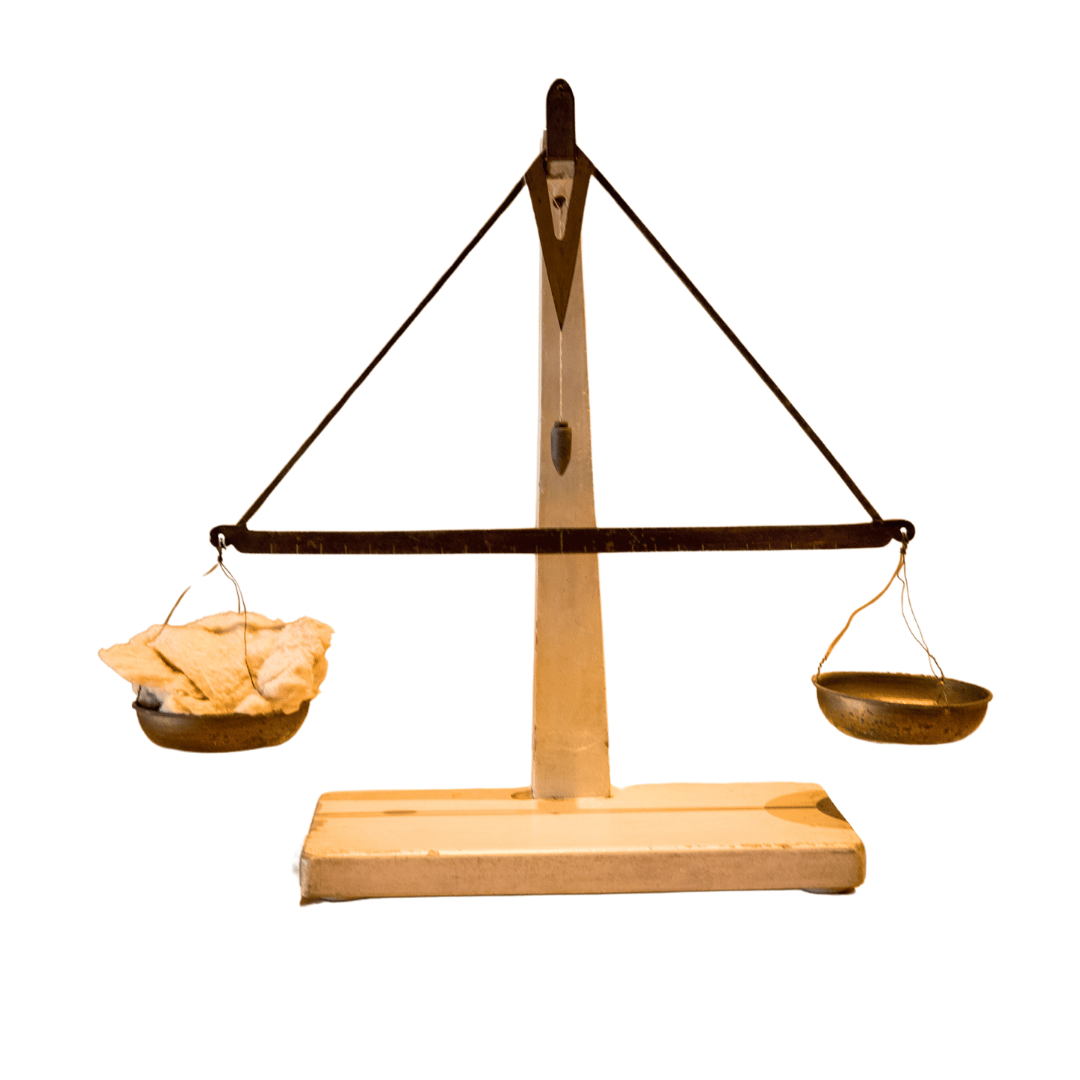
Hygrometer
IBM Italia
1952
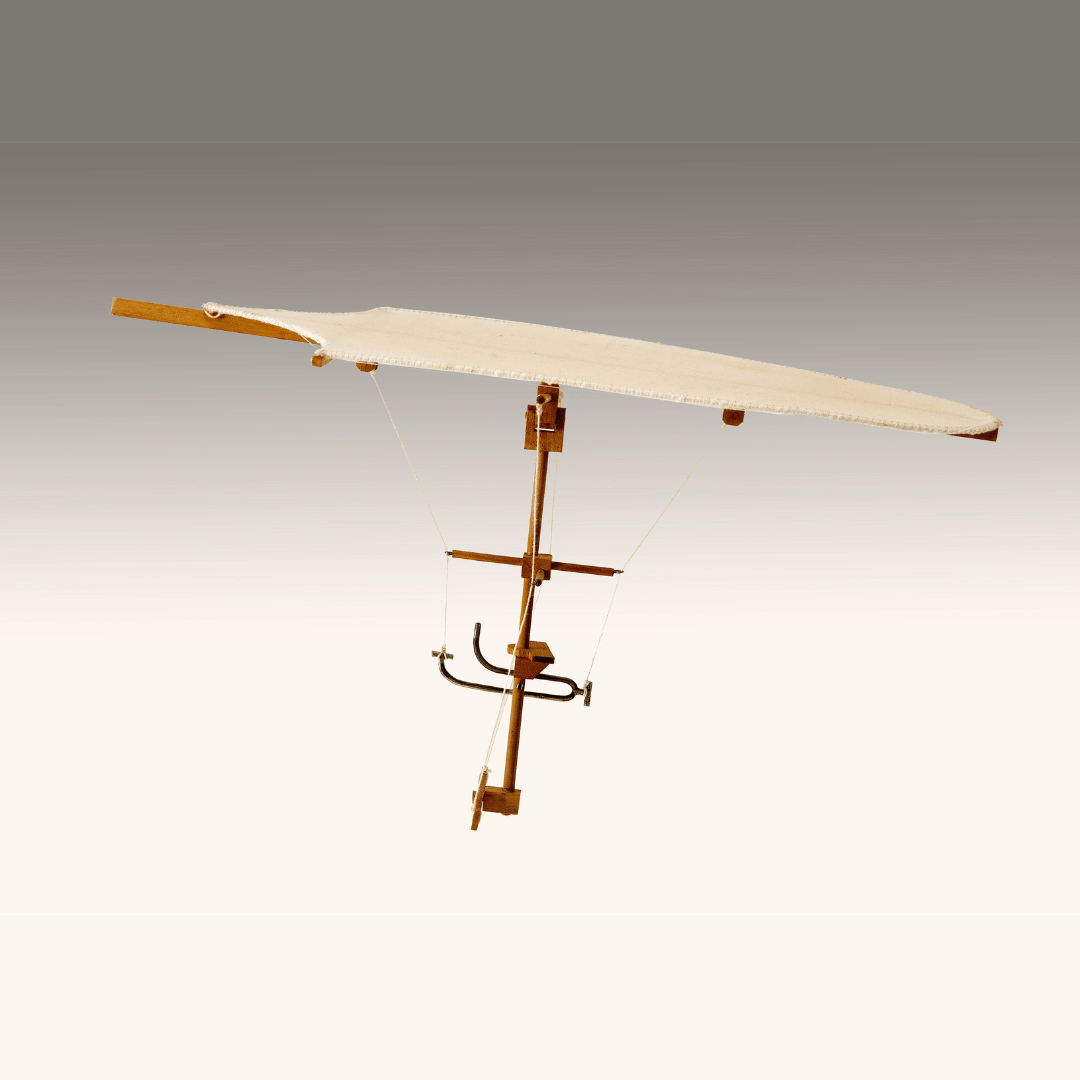
Delta-wing apparatus
Università di Firenze, Facoltà di Ingegneria, Dipartimento di Meccanica e Tecnologie industriali, Etruria Musei
2010

Detail of a mechanical wing
Istituto Tecnico Professionale “Leonardo da Vinci” di Firenze
1929
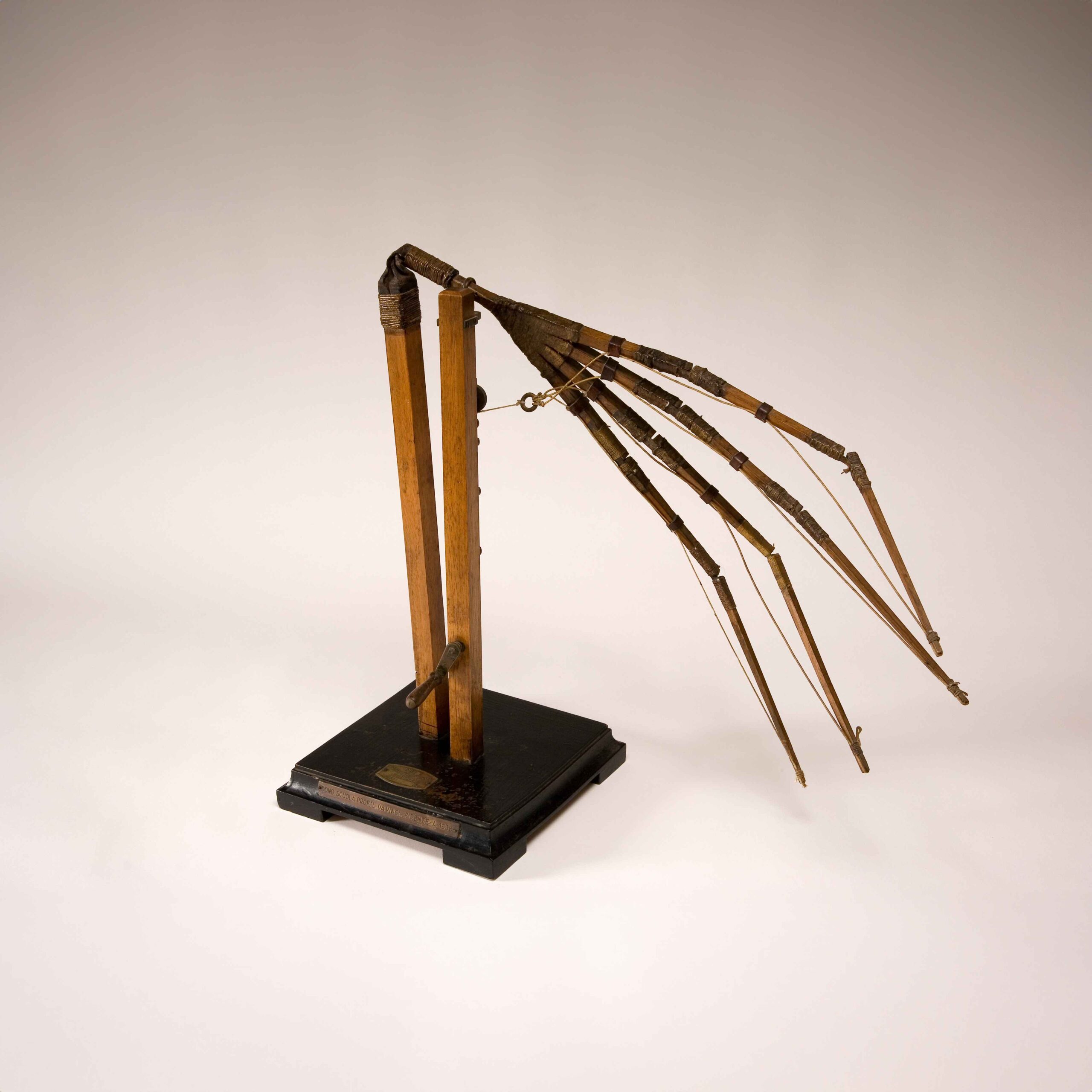
Study of a beating wing
Istituto Tecnico Professionale “Leonardo da Vinci” di Firenze
1929
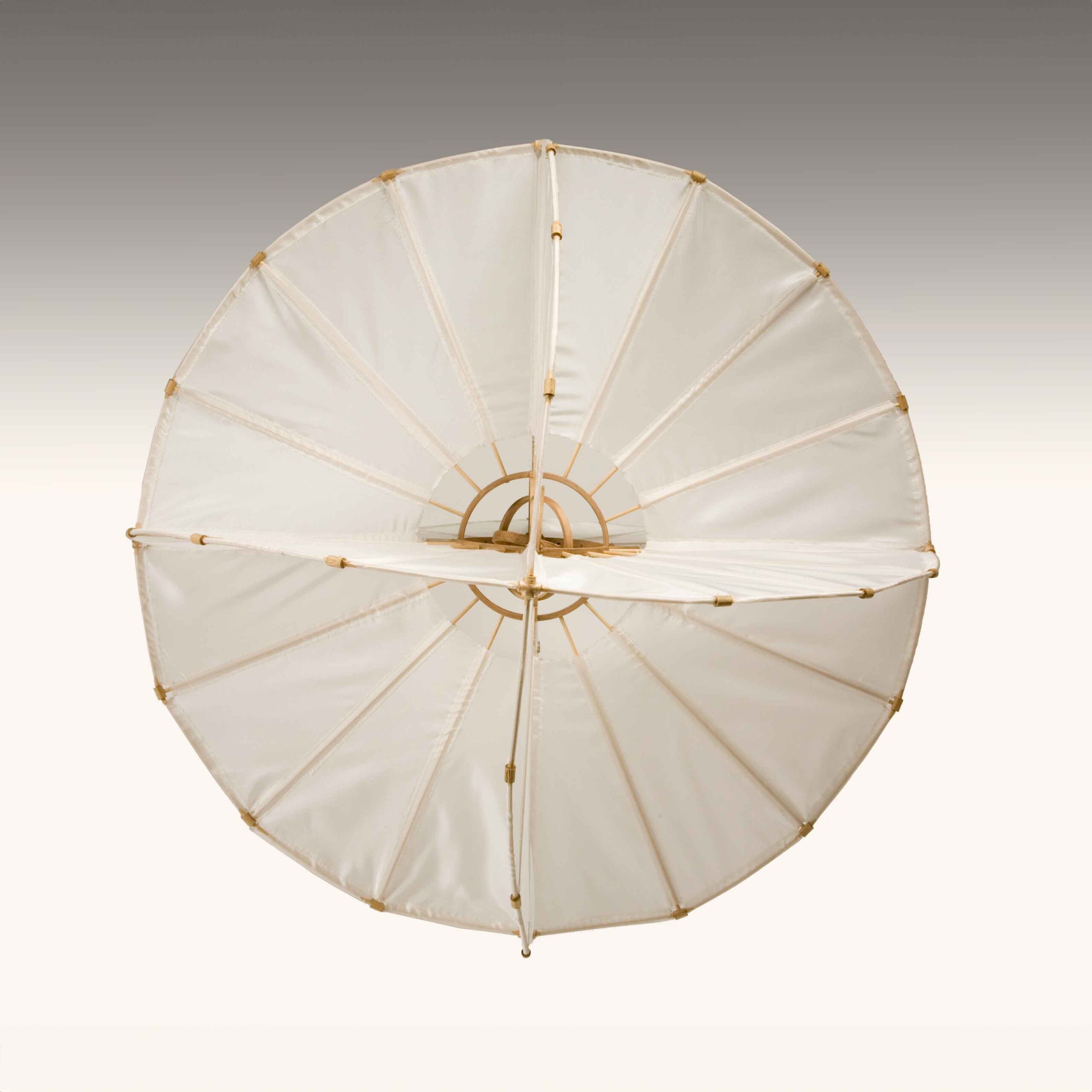
Flying sphere
Università di Firenze, Facoltà di Ingegneria, Dipartimento di Meccanica e Tecnologie industriali, Etruria Musei
2010
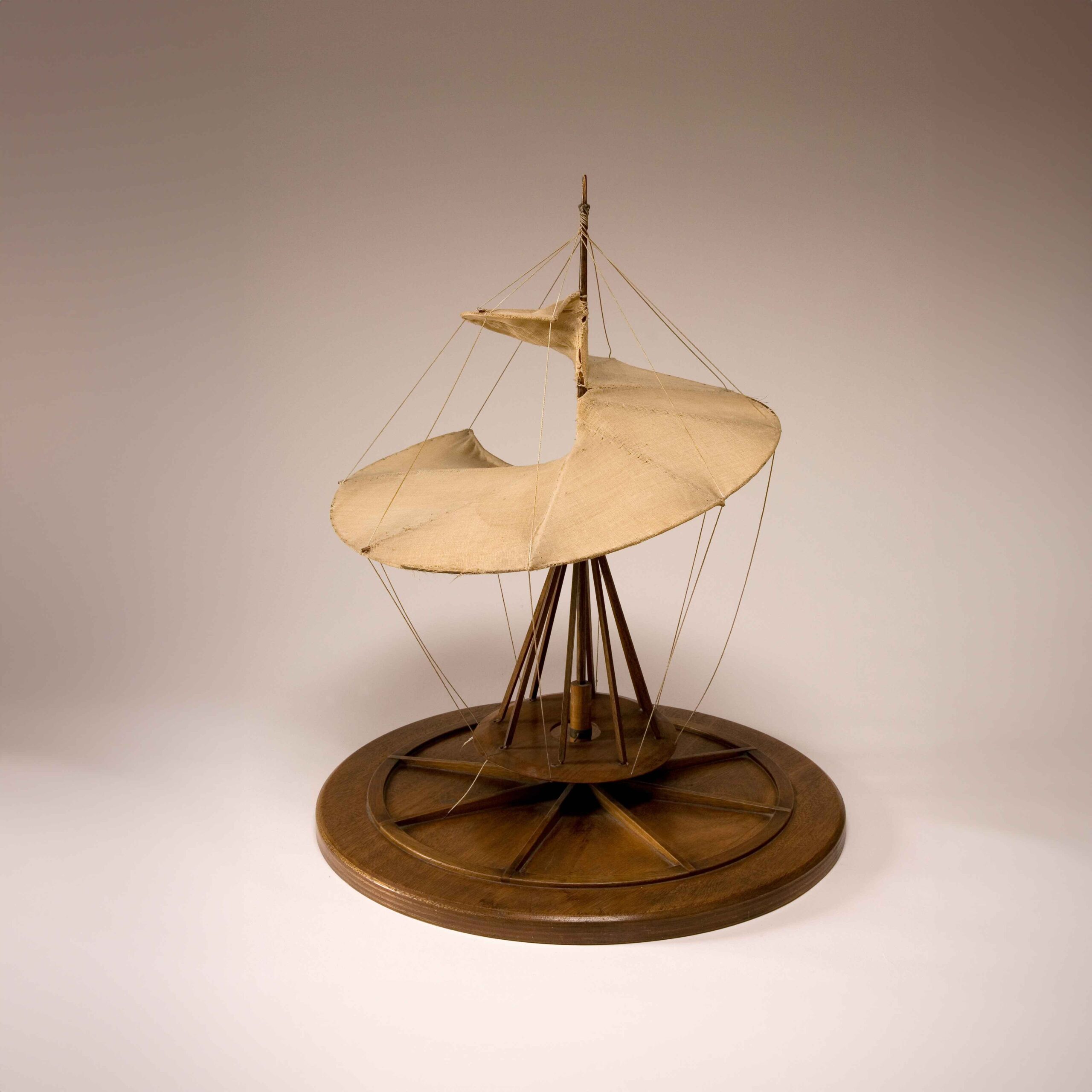
Aerial screw
Scuola di Costruzioni ed Esperienze Aeronautiche di Guidonia
1938
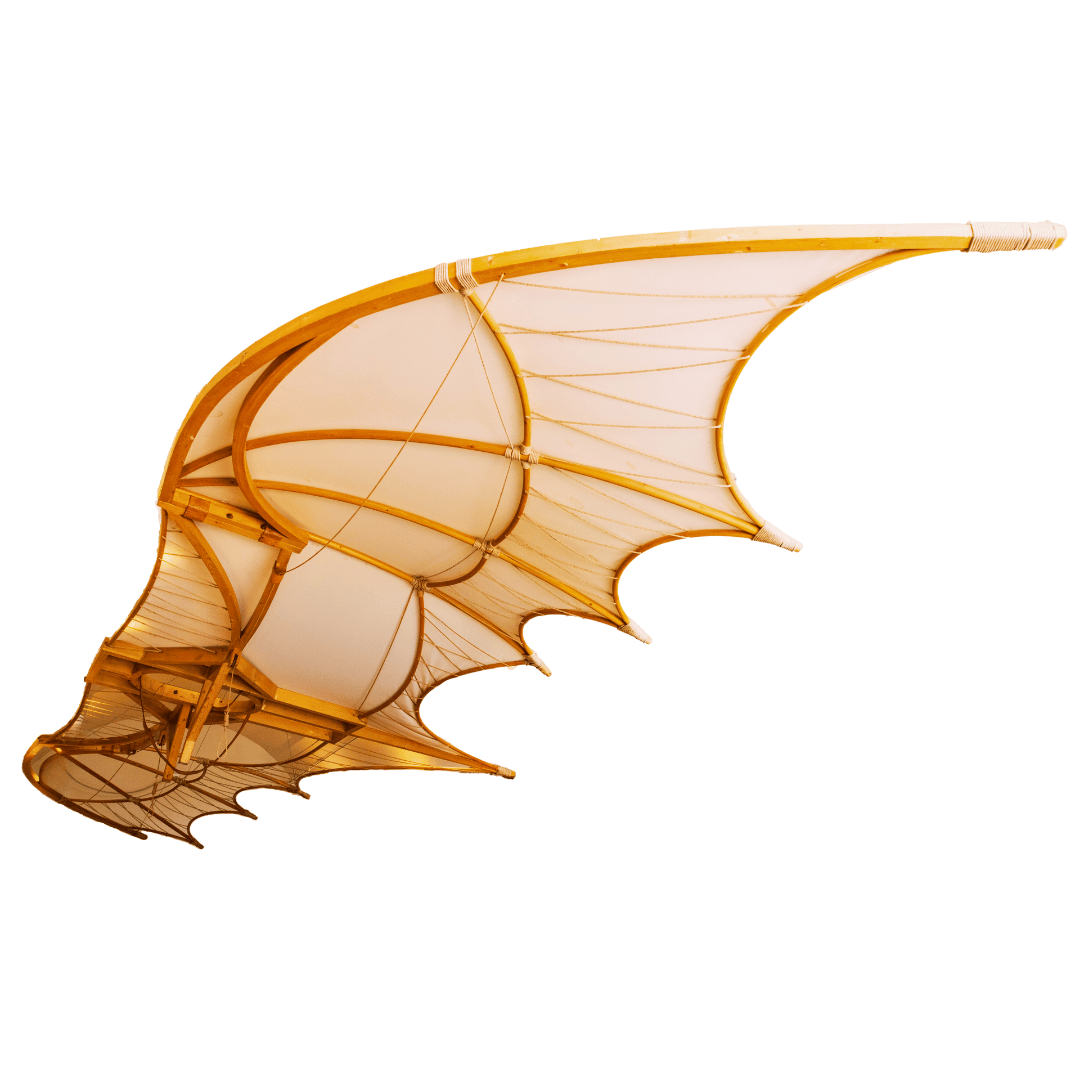
Large jointed wing
Fausto Colombo, IBM Italia, Giovanni Sacchi
1983